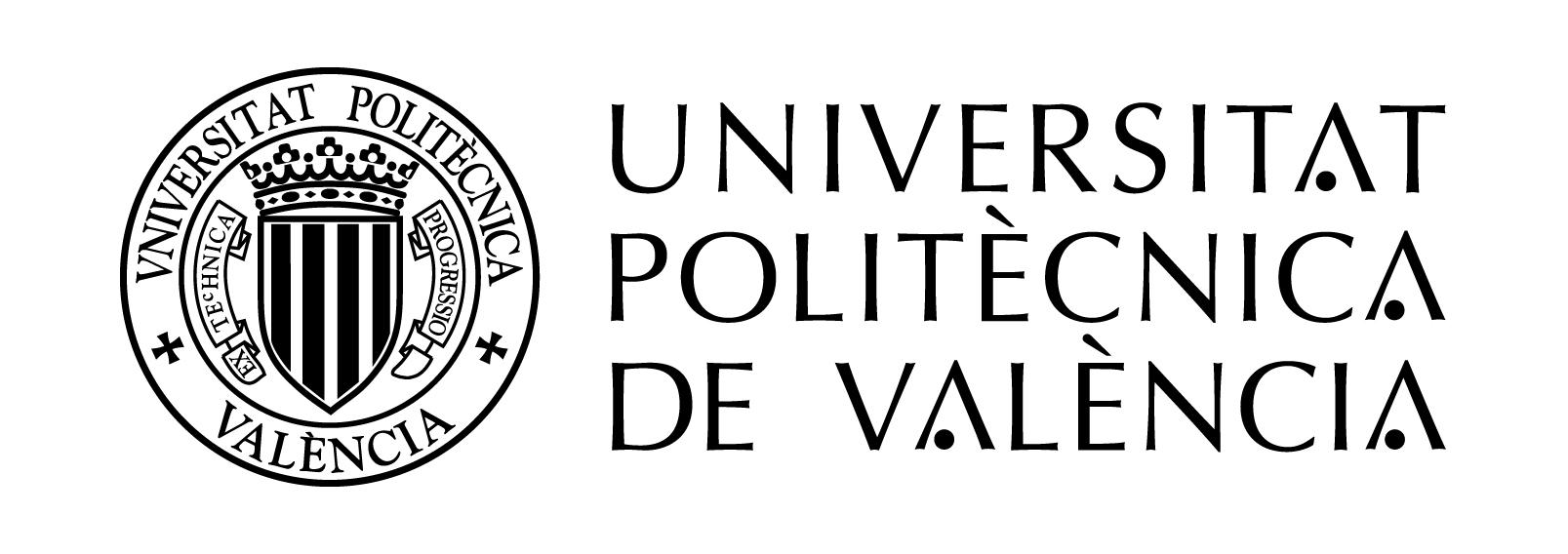Circular Economy
The Resource Cycle is a term that refers to the process by which our planet recovers valuable resources from materials and then reuses them for new products. This cycle is an integral part of modern life, and it has many implications for our health, economy, environment, and well-being.
Green Economy
It is a model of sustainable development that integrates the conservation of ecosystems, human well-being and social equity. It shows how increased access to water and energy, food security, improved public health and education can be achieved by protecting the ecosystem services that underpin all these things.
We live on a planet that can only support a limited number of human beings. The current population is growing exponentially, and unless there are significant changes in our use of resources and the development of technologies that allow us to harvest both renewable and non-renewable resources in an efficient manner, we will all face serious threats to our way of life within a few generations.
LIFE-CYCLE ASSESMENT
At LCA, the environmental impact of a product is examined from manufacture to disassembly. To do this, it is necessary to calculate the energy consumption and the corresponding emissions into the environment for the different processes that enable its use:
- extraction of raw materials
- manufacturing process
- packaging, transport, distribution
- use phase
- end of life cycle
We have to use the three ReUse, ReDuce, ReCycle. We must try to reuse material for example if the structural part of a building is in well condition we can reacomodate the exterior of the building. For reduce we have to estimate the necessary amount of material since some of them are ver scattered and this planet has limited amount of it. and for ending
green: The meaning of «green» goes far beyond a simple reference to the colour green. Today, the term is often used in reference to anything to do with the environment, in any field.
eco/ eco-friendly: The term encompasses a narrower concept than green. It means something that is environmentally friendly, improves the environment and does not harm it.
bio: Organic products are characterised by the fact that they have not been artificially processed or treated with chemicals, pesticides or fertilisers at any of their stages.
km0: This term was used in the Kyoto Protocols and later applied to agriculture to identify products that are linked to the local territory because they save the gigantic CO2 emissions of food that travels hundreds of thousands of kilometres to reach the plate.
permaculture (permanent agriculture): deliberate design and maintenance of productive agricultural ecosystems that have the diversity, stability and resilience of natural ecosystems. It is the harmonious integration of landscape and people, producing food, energy, shelter, and other non-material needs in a sustainable way.
Link between human biology and the environment.
Therefore, buildings must allow for the following:
- air quality: sufficient ventilation and transpiration
- water quality
- use of natural light
- thermal comfort
- noise protection
The confort of Humanity
The energy and health of humans depend largely on the direct effects of the environment in which they live.
The atmospheric conditions stimulate or depress the physical and mental work of man (apathy, stress, sorrow, illness…). These conditions are at an optimal point within a set of specific climatic conditions.
Man is a thermal machine that, through its metabolism, transforms chemical energy into mechanical energy, experiencing a great heat propagation.
The main elements of the climatic environment that affect human well-being are:
- the temperature of the air
- the radiation (heat emission)
- the movement of the air
- the relative humidity of the air
Human well-being also depends on: - the characteristics of clothing (insulation and total surface area)
- the characteristics of work (thermal metabolic load)
We as the ones with needs we need to approach this situation with a solution a temporal solution in order to gives us time to find a more efficient solution.
The approaches are not exactly the same:
- Bioarchitecture aims to ensure that a building is in harmony with the environment and people, because it respects the natural state of the environment and the place, modifying the minimum and using resources as sustainably as possible with coherence and common sense.
- Bioclimatic architecture focuses more on the design of a building to exploit environmental conditions for the benefit of users. It means planning with sense and designing efficiently.
